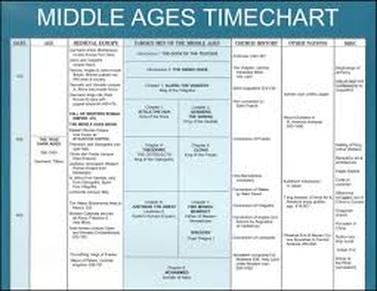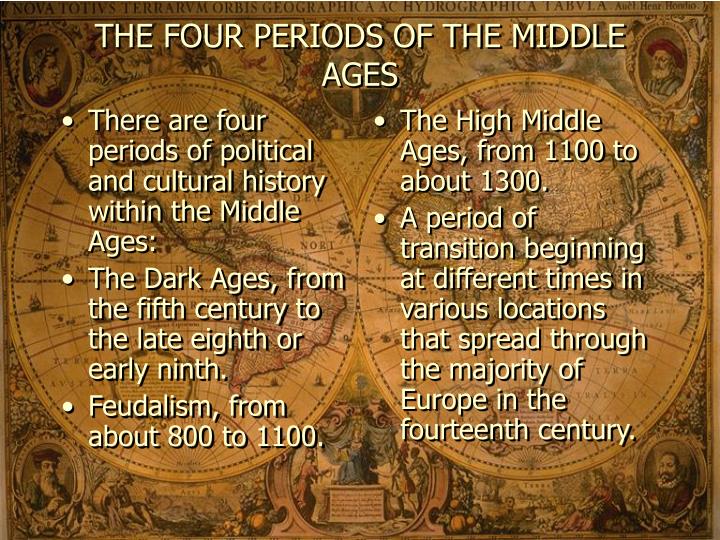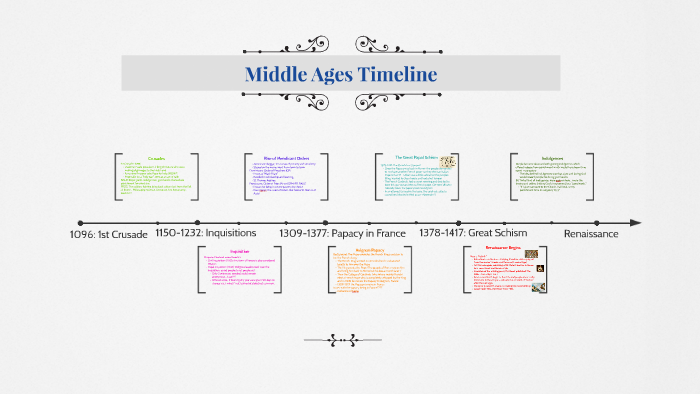

They started simply as additional names and later were regarded as family names as today.Surnames in medieval England had meaning and history attached to them.

As a definite system was put in place, surnames developed to be heritable. Sources of surnames included patronymic, topographic origin, occupation and nicknames. As the practice spread throughout England, surnames were derived from various sources and ways.

Some of the most famous Medieval artists include Giotto, Duccio, and Jan van Eyck.Let’s know more about Medieval English Surnames! They often worked for the nobility, creating paintings, tapestries, and sculptures to decorate their homes. Medieval artists were very talented and produced some amazing works of art. The candlemaker would heat the wax until it was liquid and then pour it into a mold to create a candle. Candles were made from animal fat, beeswax, or spermaceti (a waxy substance found in the head of a sperm whale). They produced candles for use in the home and also for religious ceremonies. The candlemaker was an important person in the Medieval Age. Most barristers were employed by the king or a nobleman and they earned a good living. They had to be very knowledgeable about the law and how it worked. They were responsible for representing people in court and helping to solve legal disputes. BarristerĪ barrister was a very important person in the Medieval Age. Fishermen also caught other types of animals, such as seals and dolphins, which they sold to local markets. Fish was a very important source of protein and many people ate it regularly. They often went out in boats to catch fish in the local river or sea. They provided food for the people living in their town or village. Fishermanįishermen in the Middle Ages were a vital part of society. Most people worked the land of the local nobleman and were essentially serfs. Farmers worked very hard as they grew their food, collected firewood, and took care of their livestock. FarmerĪ farmer grew crops on his land and reared animals to produce food during the Medieval Age. BakerĪ baker was responsible for baking bread for the town, which he sold to people in the streets. The roofs of houses had to be covered with straw and sometimes hides to keep people warm during cold, winter months. Roofer/ThatcherĪs most houses were made of wood, roofing was vital in the Medieval Age. ShoemakerĪ shoemaker went from home to home repairing shoes and boots, which was an important job during the Middle Ages. They were paid to keep a lookout for bandits and other criminals to protect their village or town. WatchmanĪ watchman guarded the town in the Medieval age. Weaving was an important part of Medieval life as many people wore homespun clothing that was woven in small villages and towns. They used looms to weave wool into cloth and then cut and stitched garments. The weaver made clothes for people living in the town. Before we had television sets and the internet – minstrels would tell tales of great battles or mythical adventures.Ī carpenter made wooden utensils, furniture, and musical instruments in the Medieval Age. They were often called upon by nobles to entertain them at banquets. MinstrelĪ minstrel sang, played a musical instrument and recited stories in the Medieval Age. In the early period, they also repaired and fitted armor. ArmorerĪn armorer made armor for soldiers in the Medieval Age. Stonemasons used stone blocks to construct buildings.

They also worked on cathedrals during the Medieval age. Stonemasons were responsible for building castles, bridges and churches. He was the town’s handyman and engineer rolled into one. BlacksmithĪ blacksmith not only made iron objects such as pots, horseshoes and nails, he also cut trees into planks. He made certain that there were no lumps in the flour so that his customers could be assured of good bread every time they bought some. The miller ground flour to make food for the people and families living in his town or village. MillerĪ miller was one of the most important tradesmen in the Medieval Age. Typical jobs during the Medieval Age included blacksmiths, stone masons, armorers, millers, carpenter, minstrel, weaver, winemaker, farmer, watchman, shoemaker and roofer. This was a time of great change, as the old ways of life were replaced by new ones. It was during this period that feudalism rose in Europe and became entrenched as new kingdoms and empires came into being. The Medieval Age was an important period during European history.


 0 kommentar(er)
0 kommentar(er)
